The information was given at the Conference "Current status of supply of seeds, feed, and materials for marine aquaculture; traceability of product origin and solutions for sustainable development of marine aquaculture in Vietnam" organized by the Ministry of Agriculture and Rural Development in coordination with the People's Committee of Khanh Hoa province in person and online on the morning of November 25.
China is the main market for Vietnamese lobsters.
Mr. Tran Cong Khoi - Head of Aquatic Breeds and Feed Department - Department of Fisheries (Ministry of Agriculture and Rural Development) - informed that the value of lobster export turnover in the first 6 months of 2023 of Vietnam reached nearly 130 million USD, 30 times higher than the same period last year.
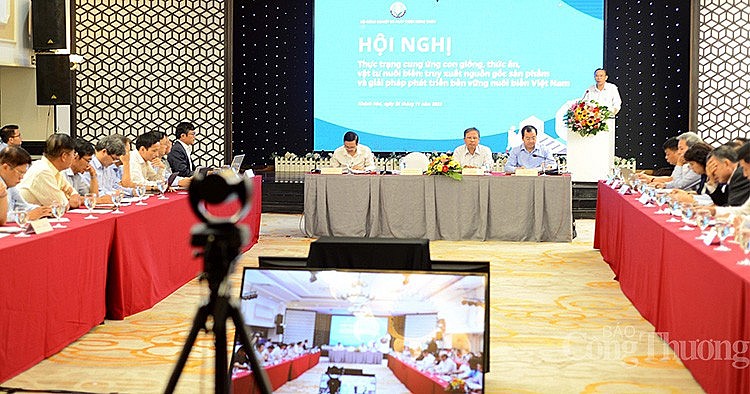 |
| Overview of the Conference |
At one point, the price doubled to 1.7 million VND/kg for spiny lobsters and 1.3 million VND/kg for green lobsters. The main reason was the increased demand for seafood in other countries, especially in Vietnam's largest lobster import market, China, which has reopened after a long period of closure to prevent Covid-19.
Regarding the export of spiny lobsters to the Chinese market, Mr. Le Ba Anh - Deputy Director of the Department of Quality, Processing and Market Development (Ministry of Agriculture and Rural Development) - informed that currently, green lobsters and spiny lobsters are the main lobster exports. Among Vietnam's lobster export markets, China accounts for 98 - 99%; other markets such as Thailand, Singapore, Hong Kong (China), Taiwan account for 1 - 2%.
In the Chinese market alone, Vietnam currently has 46 packaging facilities exporting lobsters to this market (out of a total of 57 live seafood packaging facilities exported to China). In the first 9 months of 2023, lobster exports to the Chinese market reached more than 95 million USD (down more than 46% compared to the same period in 2022).
In order for lobsters to enter the Chinese market, Mr. Le Ba Anh said, businesses need to ensure that the requirements of the National Food Safety Management System are assessed and recognized as equivalent by the General Administration of Customs of China. Exported products are on the list recognized by China (128 species/product types and 48 species of live aquatic animals).
In addition, the farming facilities are inspected by local aquaculture/veterinary management agencies, certified for food safety conditions, veterinary hygiene conditions, and are given codes, and samples are taken to monitor diseases during the farming process. Export shipments are granted certificates; the daily list of certificates is sent to China Customs (Nanning) for comparison...
Many new regulations of China on exporting spiny lobsters
Notably, from February 1, 2021, the Chinese market has stipulated that the spiny lobster is on the endangered list of group II. In May 2023, China amended the Law on Wildlife Protection, which prohibits the capture of animals on the endangered list issued in 2021. In particular, natural spiny lobster is prohibited from being caught, used, traded and traded. The General Department of Customs of China directed the Customs system at border gates to strictly control the import of naturally caught spiny lobster. "Not only the Chinese market, spiny lobster is on group II, the List of endangered and rare aquatic species of Vietnam (according to Appendix II, Decree 26/2019/ND-CP)", Mr. Le Ba Anh added.
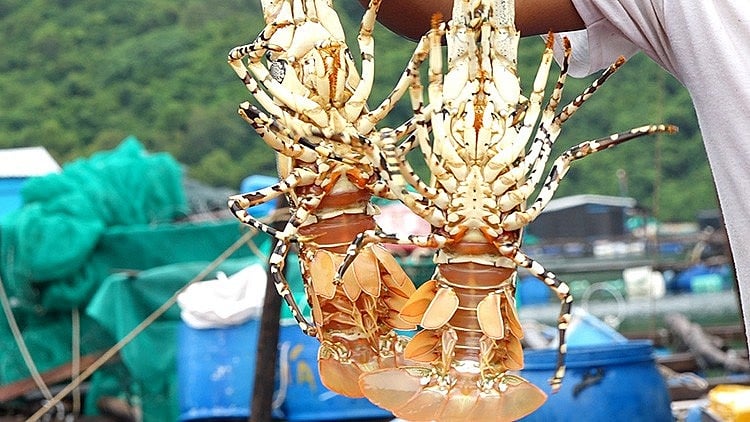 |
| Lobster export |
For the identification of farmed lobsters, not directly caught, must go through the farming process. If the juveniles are exploited from the wild, they are also considered wild-caught lobsters. Chinese importers who want to import must apply for a license from the Fisheries Bureau (Ministry of Agriculture of China).
In addition, the exporting country must compile statistics on farming facilities and output; register lobster farming facilities; and register export packaging facilities with the General Administration of Customs of China for approval (the Department of Quality, Processing and Market Development has issued Document No. 1388, 1389/CCPT-ATTP dated November 23, 2023 to guide statistics and registration). The registration form and information will be sent through the Vietnam Trade Office in China. After receiving the information, the Chinese Customs will check directly and online before approving.
Regarding this issue, Mr. Phan Quang Minh - Deputy Director of the Department of Animal Health (Ministry of Agriculture and Rural Development) - said that China's lobster management measures will change in 2023, defining farmed lobsters as originating from F2 breeds.
Not only facing market difficulties, according to experts, lobster seed is heavily dependent on imported shrimp from Indonesia, Philippines, Myanmar, Sri Lanka, Singapore. In 2022, the number of imported seeds is 81 million; in the first 6 months of 2023, this number is 59 million.
However, the lobster industry is facing some difficulties as some countries have banned exports, resulting in unstable supply; in July 2023, the authorities discovered that 5 batches of shrimp seeds imported from Malaysia were infected with white spot disease caused by the virus - WSSV.
Lobster food is completely fresh, including trash fish, golden apple snails, mollusks, crabs... used in cages, this causes environmental pollution and disease.
In addition, the supply of food for lobsters is also unstable, making it difficult to control the supply. Meanwhile, industrial food is only used for raising shrimp in tanks; it is not suitable for raising in sea cages. Although industrial food helps control diseases and the environment, it can only be deployed on a small scale.
Referring to the upcoming requirements of the Chinese market for lobster seeds, Mr. Phung Duc Tien - Deputy Minister of Agriculture and Rural Development - suggested that relevant units need to focus on research and solutions.
Recalling the Marine Economic Development Strategy, the leaders of the Ministry of Agriculture and Rural Development emphasized the need to shift from traditional aquaculture and seafood exploitation to industrial methods, applying high technology. Promoting sustainable aquaculture and seafood exploitation activities... with the goal of making the fishing industry more resilient in its efforts, modern in its production, improving its level in integration and accelerating its exports.
Source link



![[Photo] Keep your warehouse safe in all situations](https://vphoto.vietnam.vn/thumb/1200x675/vietnam/resource/IMAGE/2025/10/1/3eb4eceafe68497989865e7faa4e4d0e)


![[Photo] President of the Cuban National Assembly visits President Ho Chi Minh's Mausoleum](https://vphoto.vietnam.vn/thumb/1200x675/vietnam/resource/IMAGE/2025/10/1/39f1142310fc4dae9e3de4fcc9ac2ed0)
![[Photo] Hanoi morning of October 1: Prolonged flooding, people wade to work](https://vphoto.vietnam.vn/thumb/1200x675/vietnam/resource/IMAGE/2025/10/1/189be28938e3493fa26b2938efa2059e)
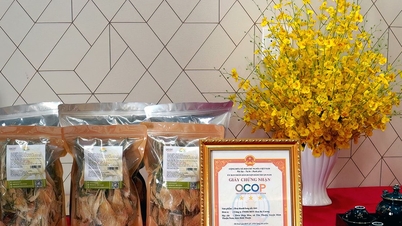

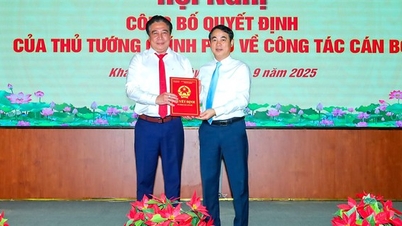

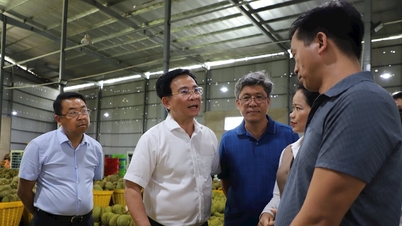


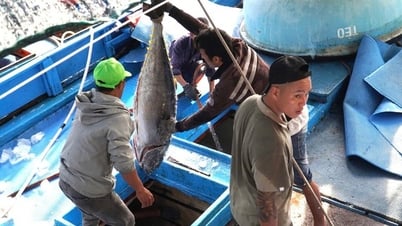




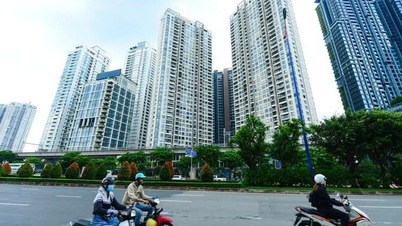


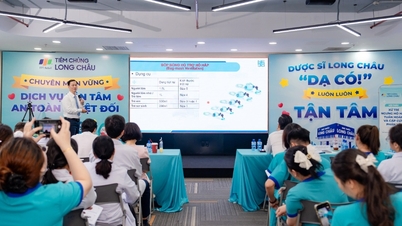



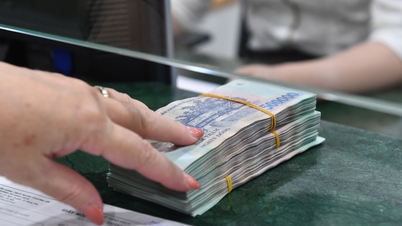





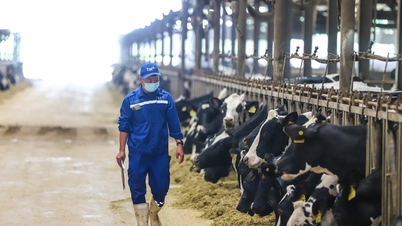

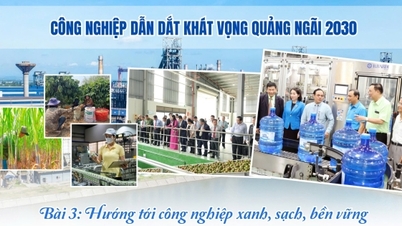
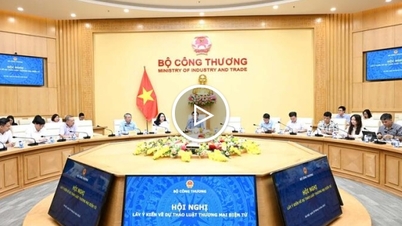

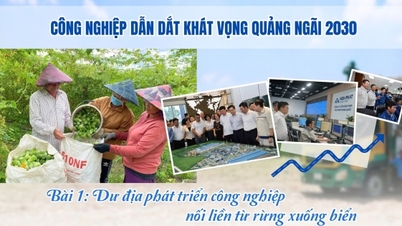






































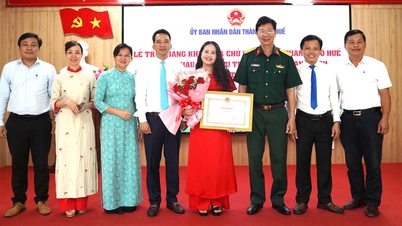





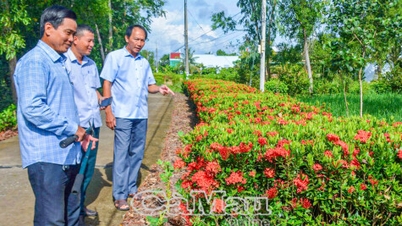

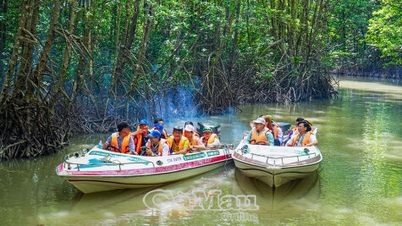














Comment (0)